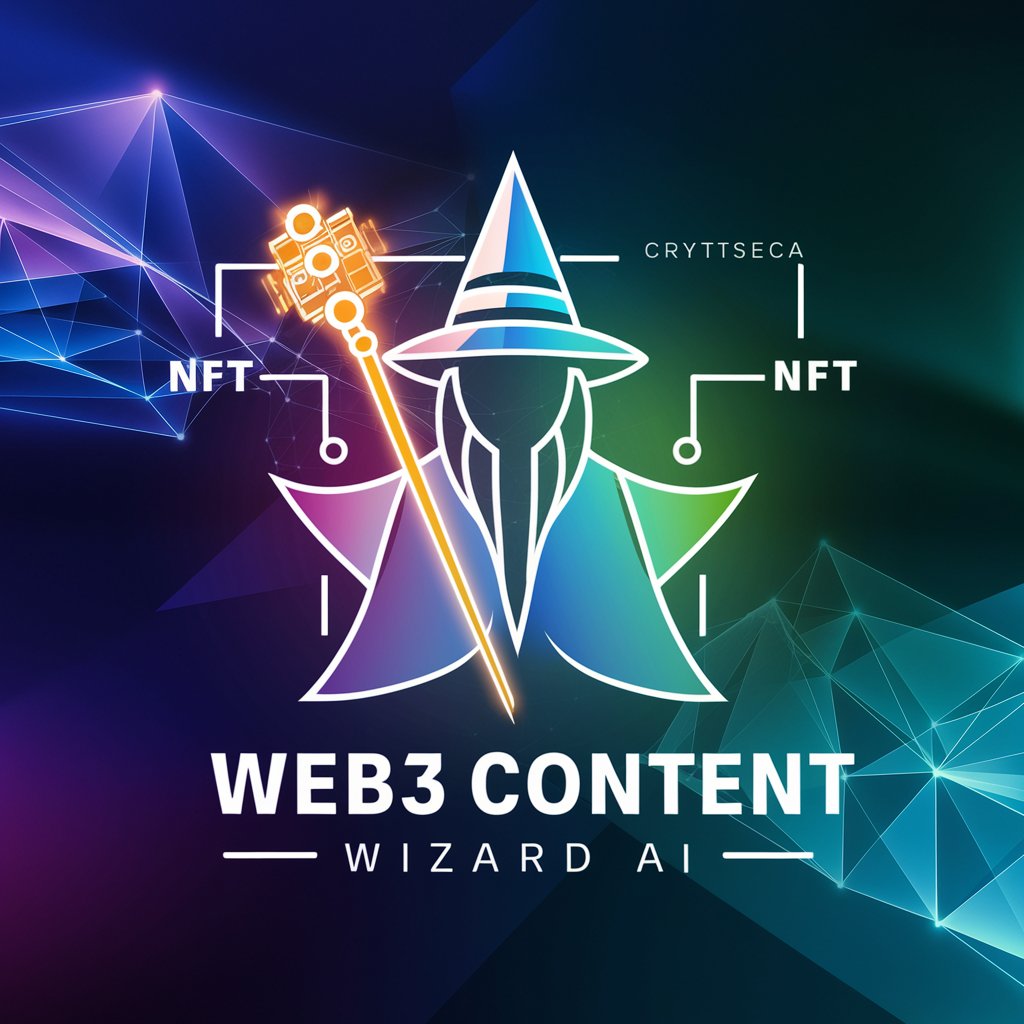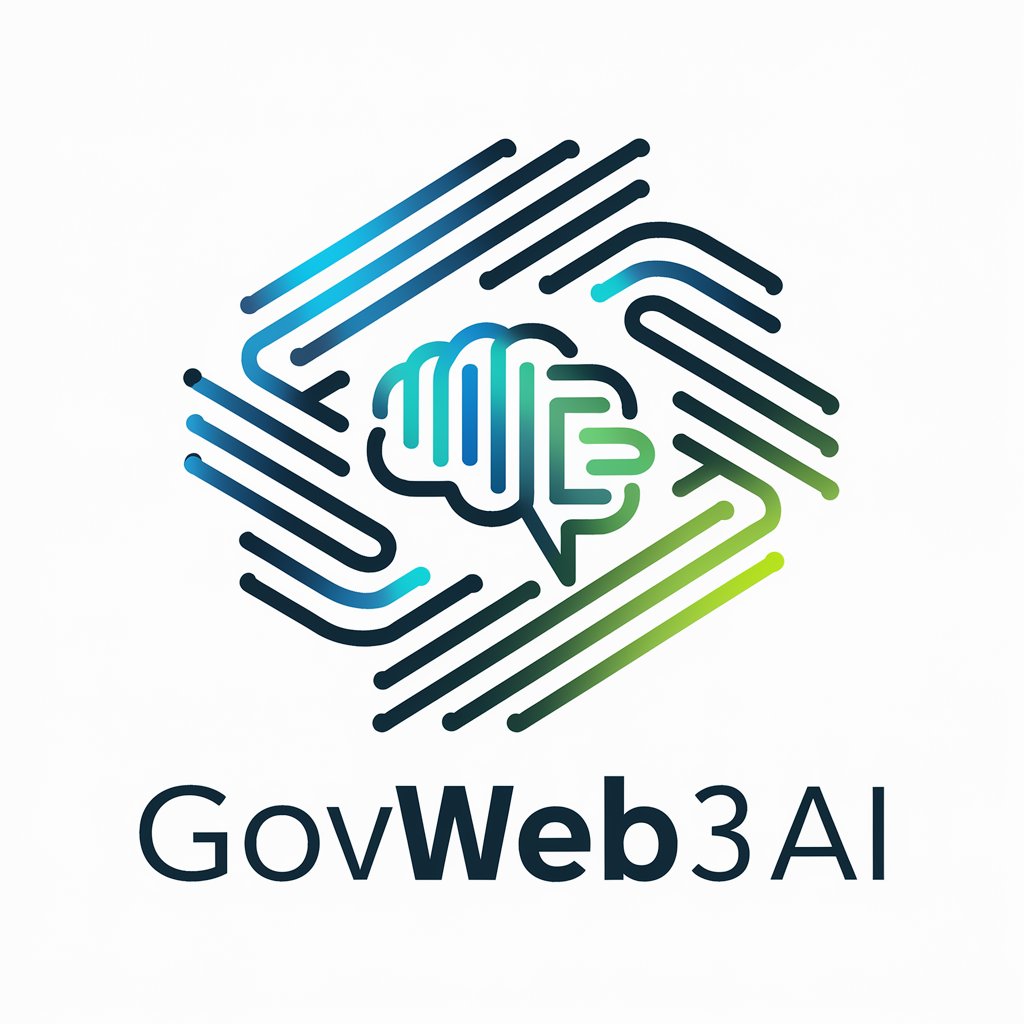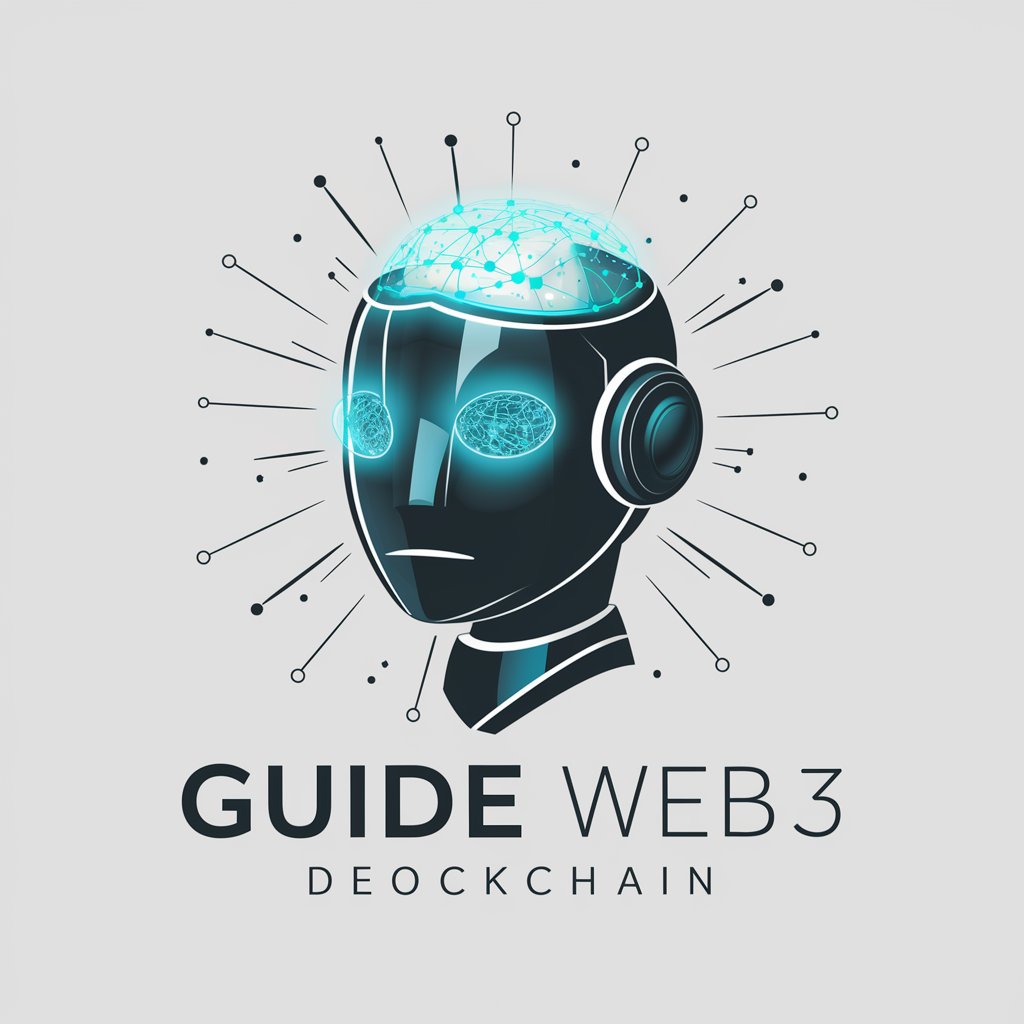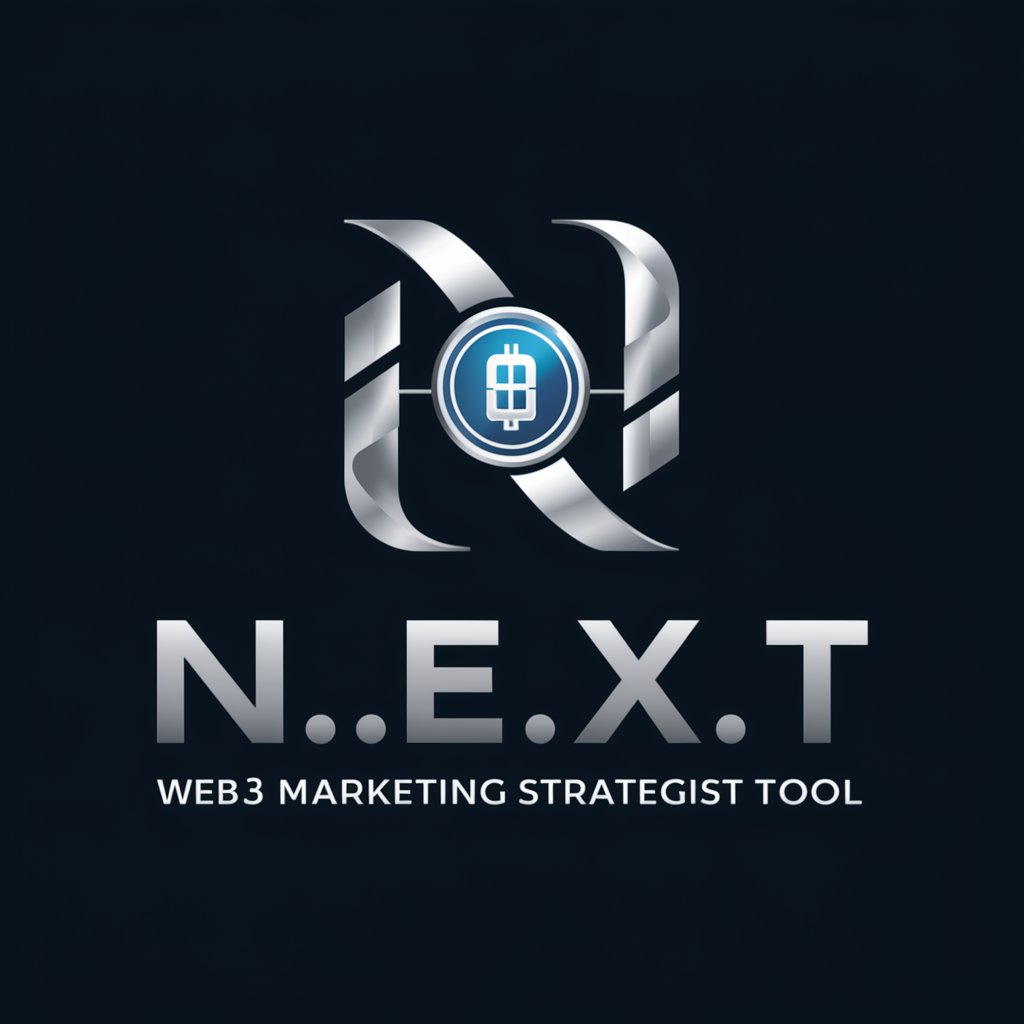
Web3 Future Trends and Outlook - Web3 Insight Platform
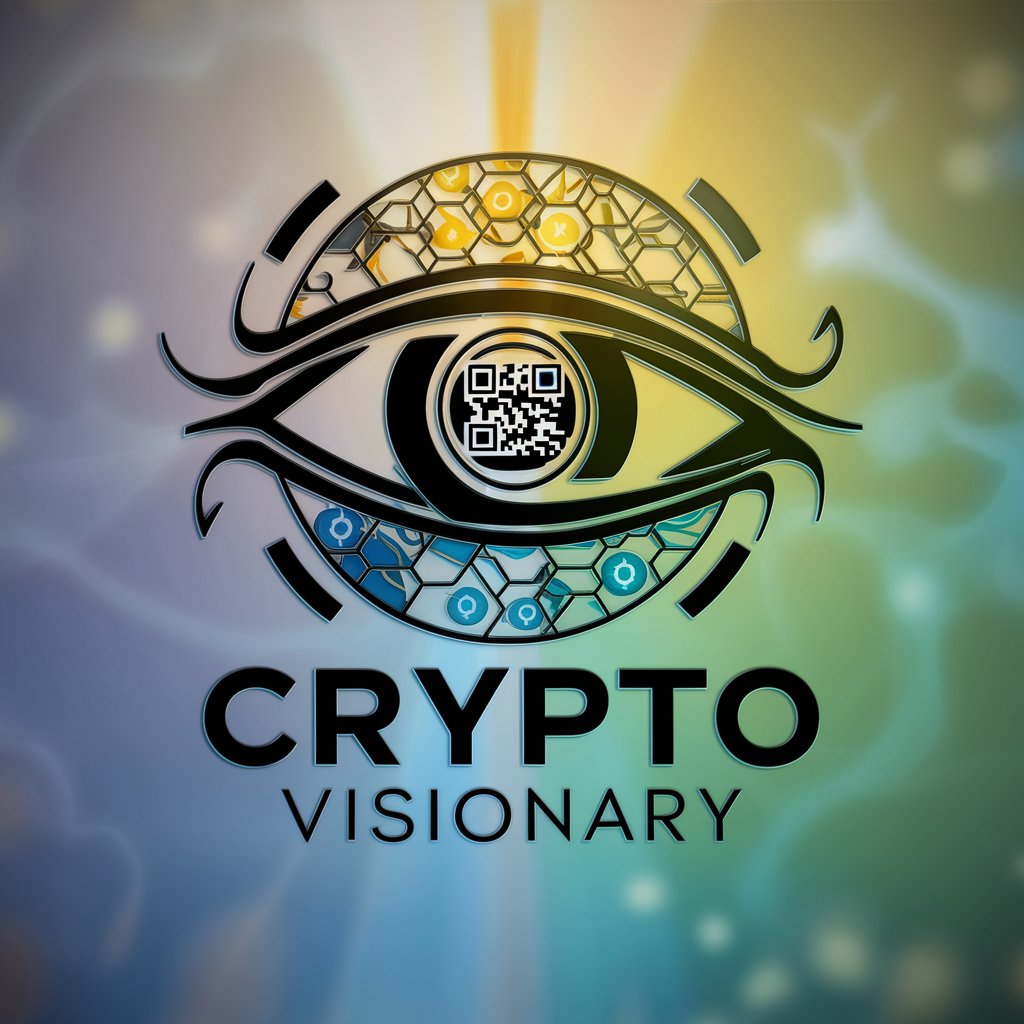
Welcome! Let's explore the future of web3 and cryptocurrency together.
Empowering your Web3 journey with AI
Explain how web3 technologies can revolutionize traditional finance by...
Discuss the potential impact of decentralized applications (dApps) on...
Analyze the benefits and challenges of adopting blockchain technology in...
Predict the future trends in cryptocurrency and their implications for...
Get Embed Code
Web3 Future Trends and Outlook
The Web3 movement embodies a new phase of the internet that leverages blockchain, decentralized protocols, and token-based economics to give users control over their online data, identities, and transactions. This evolution aims to create a more equitable internet where users can interact directly without intermediaries, fostering innovation, privacy, and ownership. Examples include decentralized finance (DeFi) platforms, where users can lend, borrow, or trade assets without traditional banks, and non-fungible token (NFT) marketplaces, allowing creators to sell digital art directly to consumers, retaining more profits and control. Powered by ChatGPT-4o。

Functions and Real-World Applications
Decentralized Finance (DeFi)
Example
Lending and borrowing platforms like Aave or Compound
Scenario
Users can lend their cryptocurrency to earn interest or borrow against their assets, all managed through smart contracts without a bank.
Non-Fungible Tokens (NFTs)
Example
Platforms like OpenSea or Rarible
Scenario
Artists can mint digital artwork as NFTs, selling them directly to collectors, ensuring authenticity and ownership without a gallery.
Decentralized Autonomous Organizations (DAOs)
Example
The DAO, MakerDAO
Scenario
Community members govern a project or organization collectively by voting on proposals with tokens, replacing traditional management structures.
Decentralized Social Media
Example
Platforms like Lens Protocol or Mastodon
Scenario
Users own their content and personal data, can earn cryptocurrency for contributions, and have a say in the platform's governance, avoiding censorship and data misuse by central authorities.
Target User Groups for Web3 Services
Cryptocurrency Enthusiasts
Individuals already familiar with cryptocurrency trading or investing, seeking to expand into DeFi, NFTs, or DAOs for more decentralized, financial opportunities.
Digital Creators and Artists
Artists, musicians, and writers looking to monetize their work directly through NFT sales or decentralized platforms, retaining more control and profits.
Privacy and Control Advocates
Users concerned about data privacy and control over their digital footprint, seeking decentralized social media and data storage solutions.
Entrepreneurs and Startups
Innovators looking to leverage blockchain technology to create new business models or services within the Web3 ecosystem, from gaming to finance.

Using Web3 Future Trends and Outlook
1
Initiate your journey by visiting yeschat.ai to explore a free trial without the need for login, sidestepping the requirement for ChatGPT Plus.
2
Familiarize yourself with the platform's interface to understand the diverse functionalities it offers, focusing on its Web3 Future Trends and Outlook features.
3
Engage with the interactive tools and resources available to gain insights into current Web3 technologies, market trends, and future outlooks.
4
Apply the insights gained to your specific area of interest or work, such as blockchain development, cryptocurrency investment, or digital asset creation, to enhance decision-making.
5
Regularly revisit the platform to stay updated with the latest trends and advancements in the Web3 space, leveraging this knowledge for continuous learning and application.
Try other advanced and practical GPTs
Novicells Teknologi Ekspert
Crafting Tech Content with AI Precision

Mix of Experts
Empowering Decisions with AI-Powered Expertise

No Parade meaning?
Unlocking deeper understanding with AI
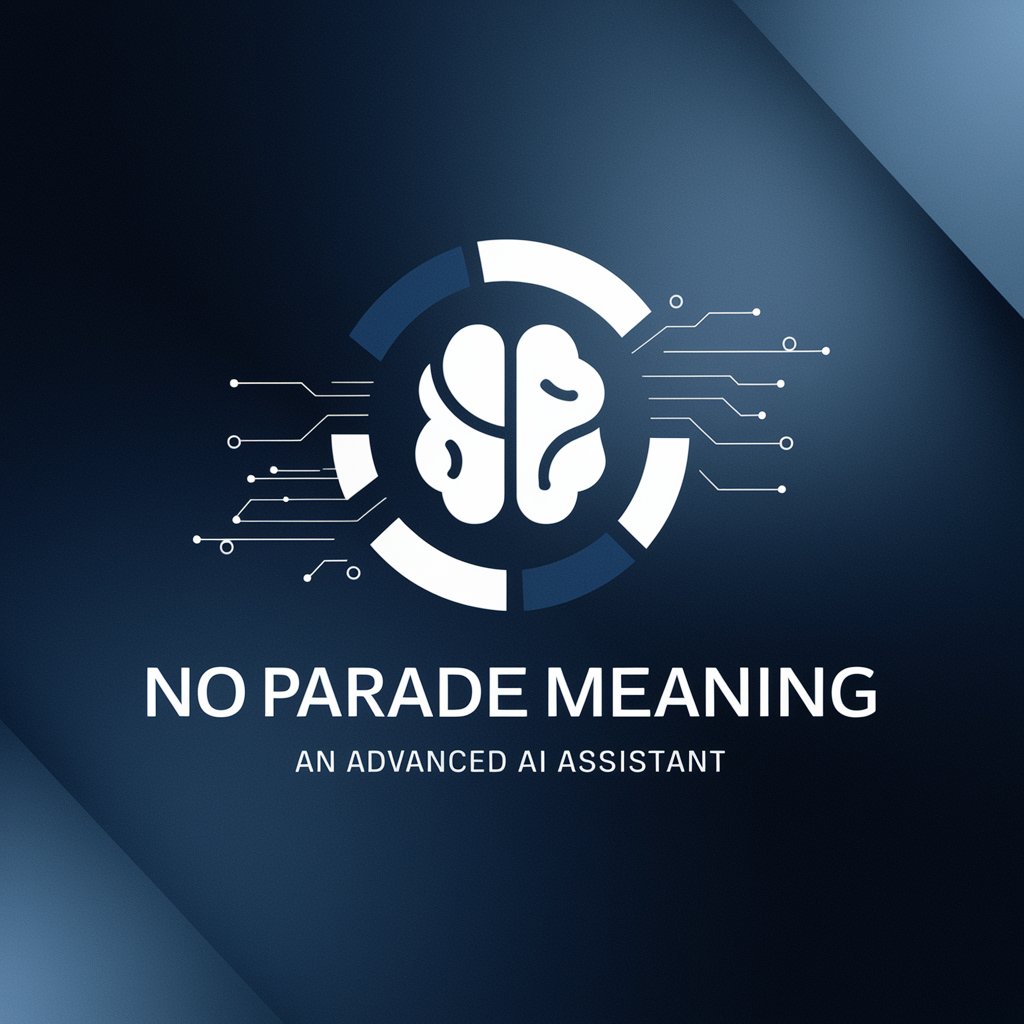
InstaMagic: Data Delight
Unlock Instagram insights with AI power
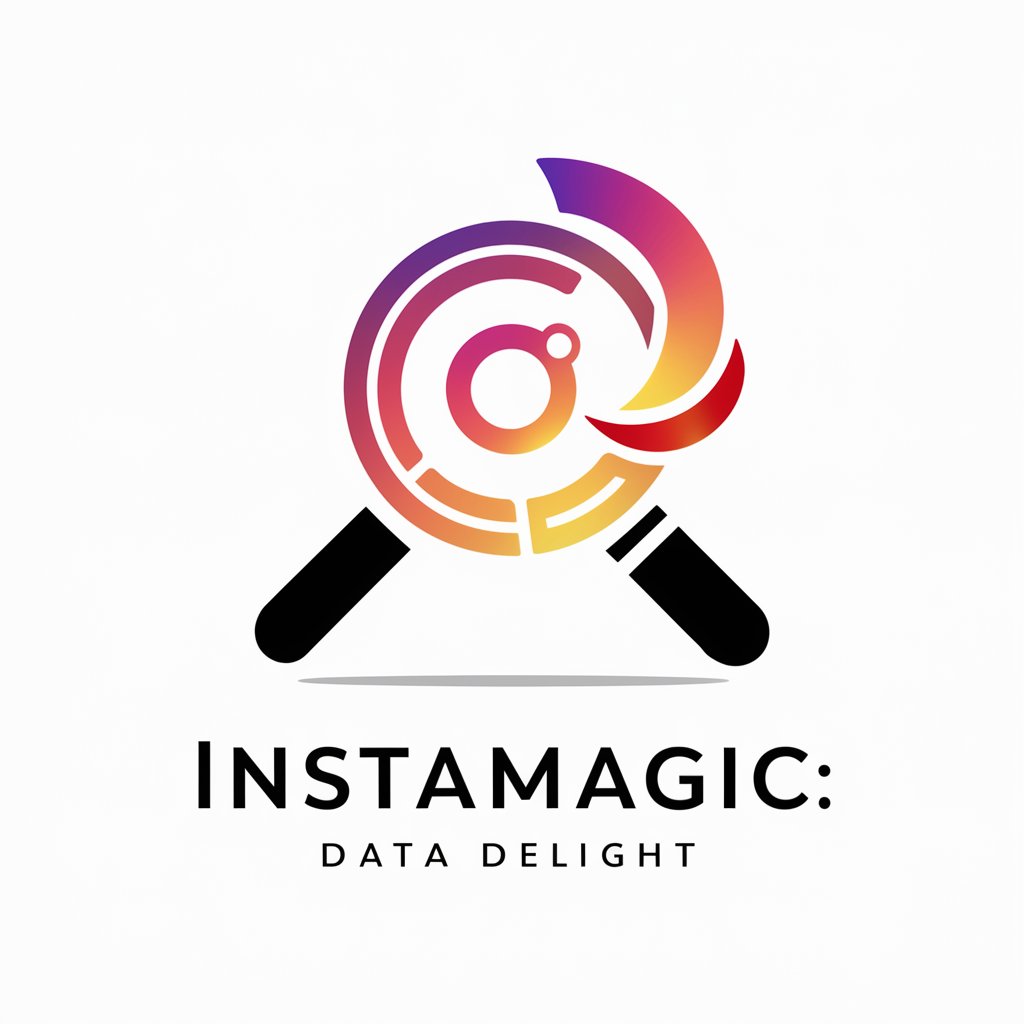
PRICE ANALYSIS AND BUYING DECISION
Empower Your Decisions with AI-Powered Price Insights
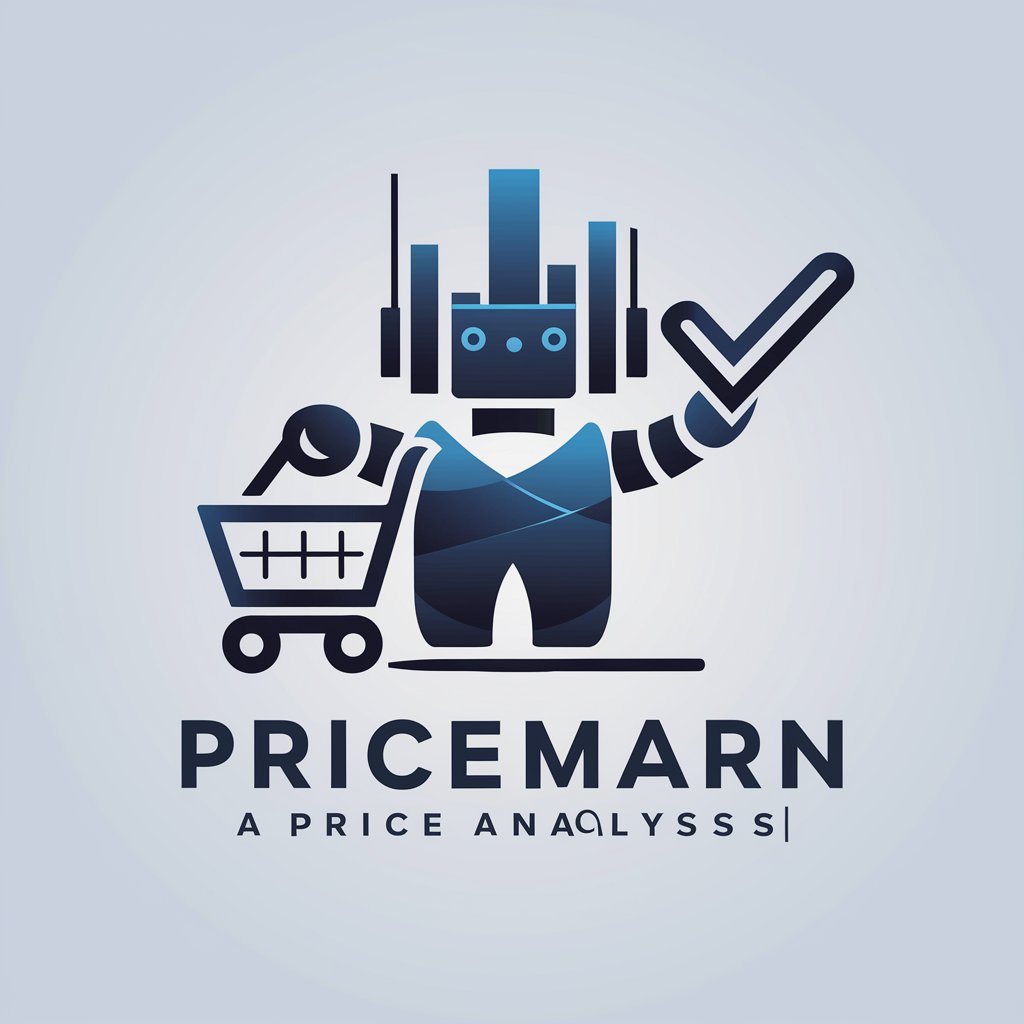
Pika Labs
Animating Your Ideas with AI
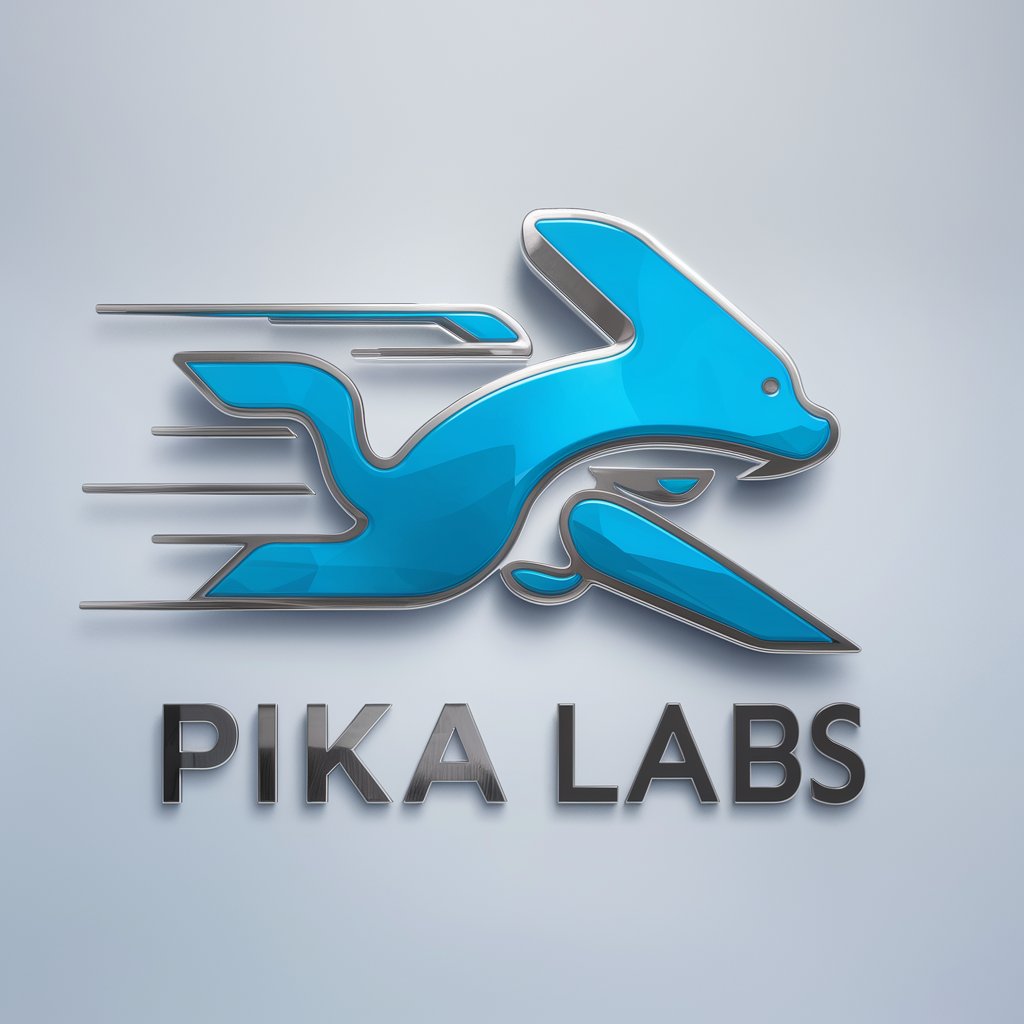
Family Guide
Empowering parents with AI-driven guidance
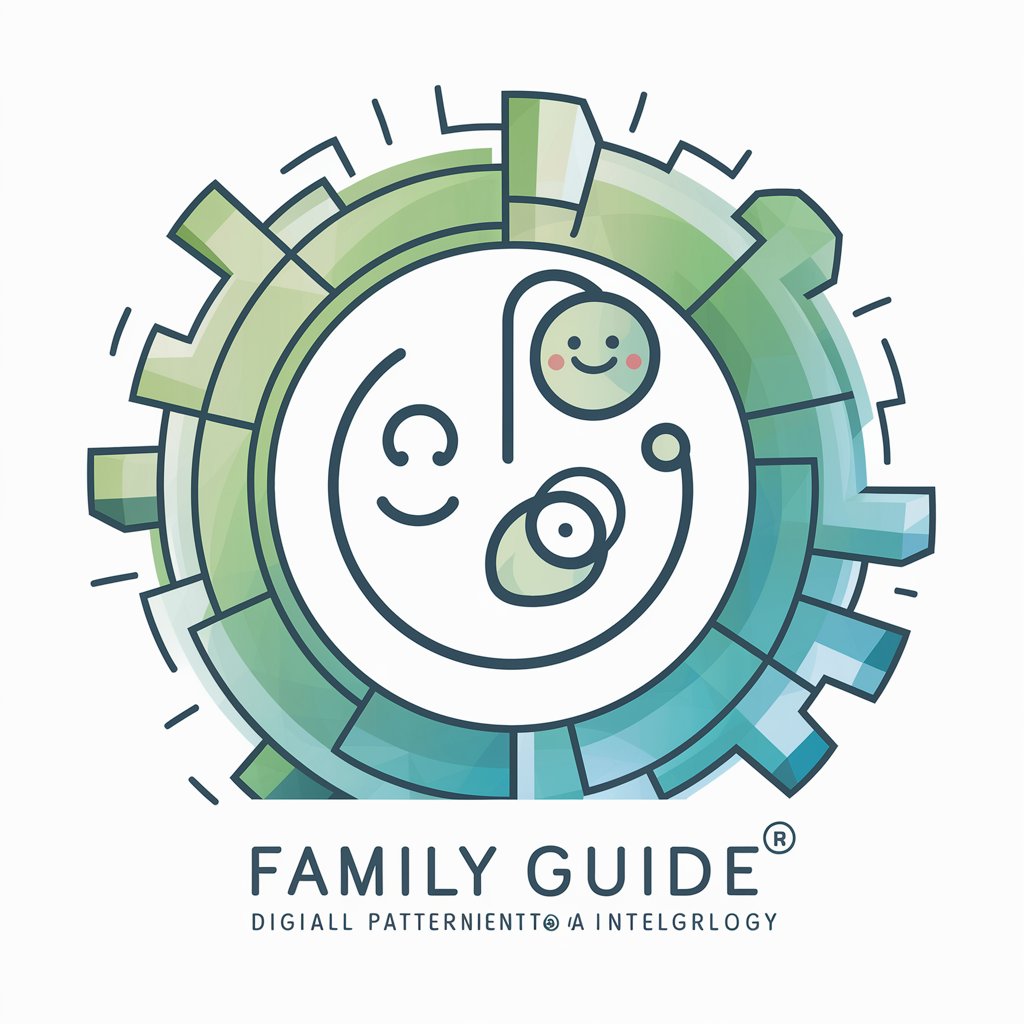
👶 Lil' Workers lv2.6
Visualizing Babies in Adventurous Jobs
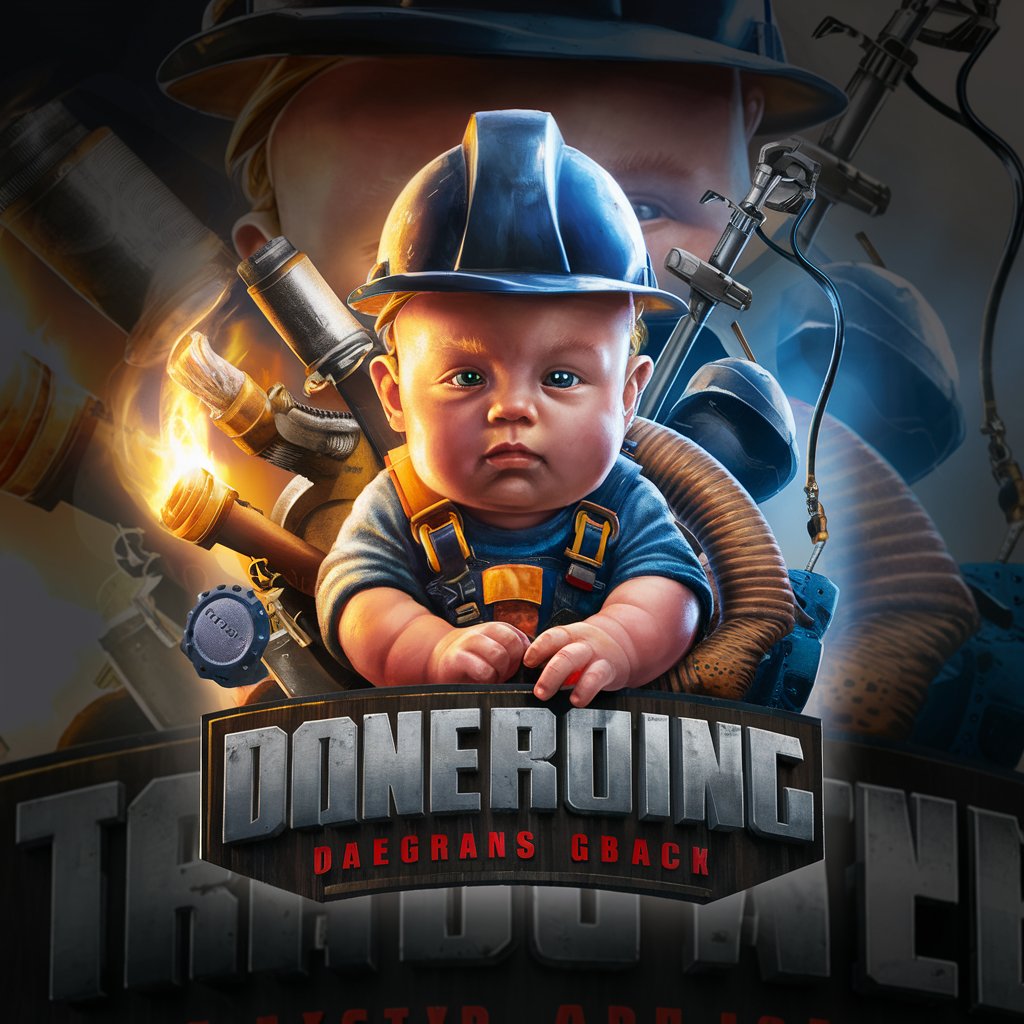
XRPL Developer Assistant
Empowering XRPL Development with AI

I Ching Oracle
Unlock ancient wisdom with AI

Sibling Dynamics
Unveiling the Dynamics of Sibling Bonds
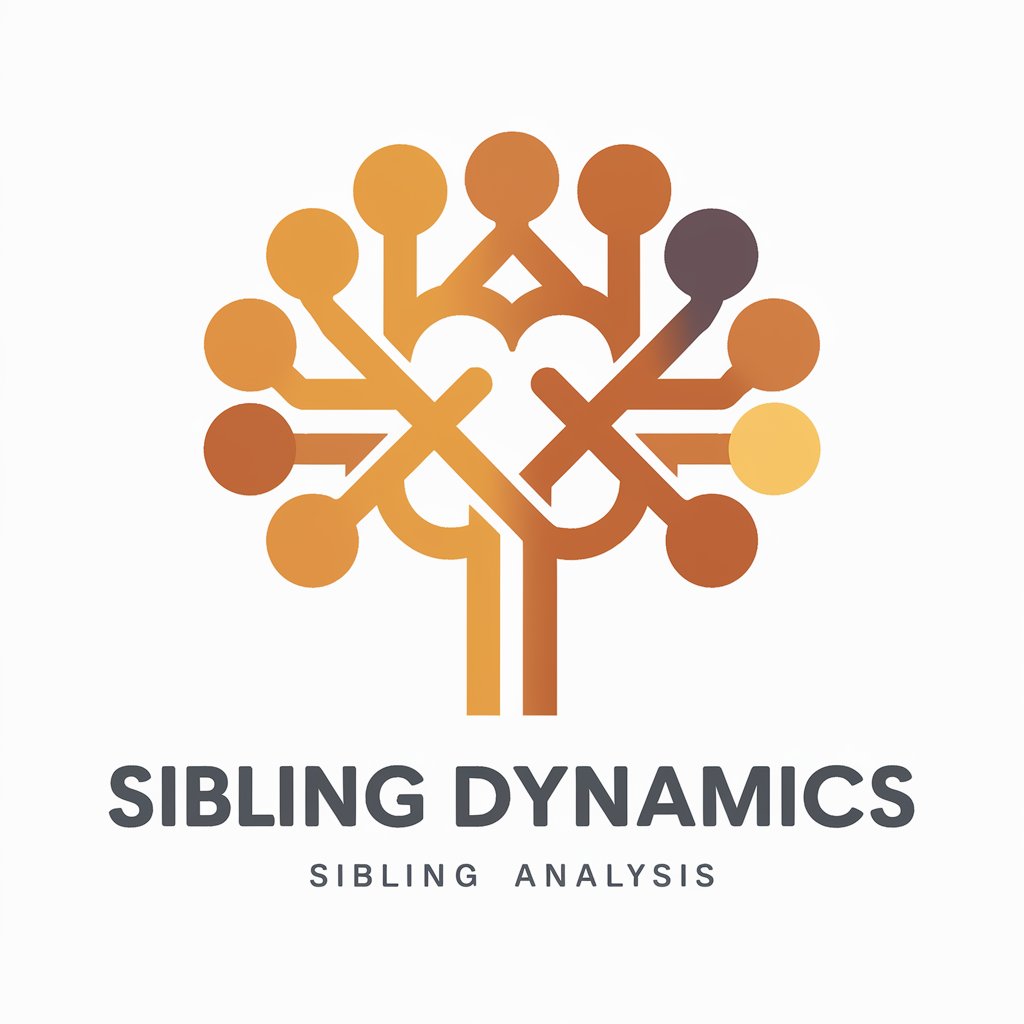
Ethos AI ProtoDev
Empowering Ethical AI Development
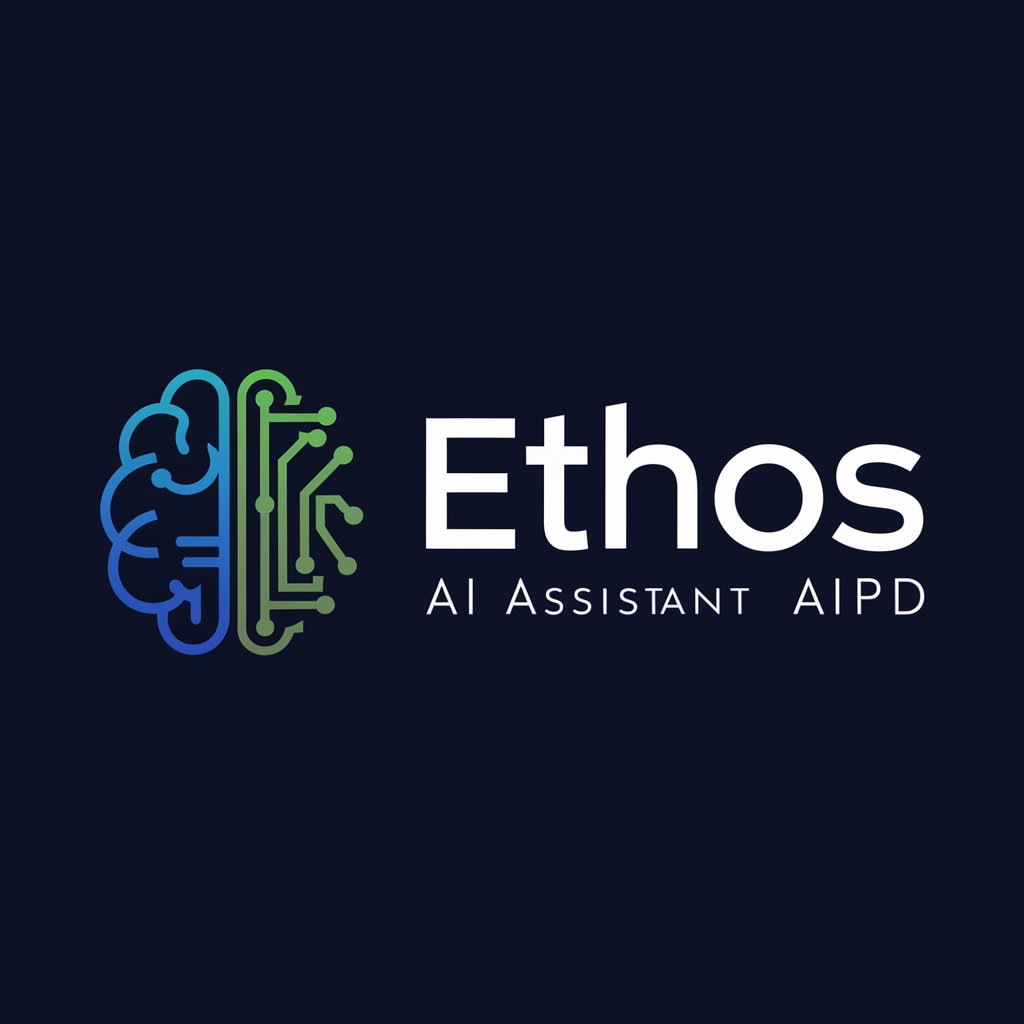
Web3 Future Trends and Outlook Q&A
What is Web3 and how does it differ from Web2?
Web3 represents the next phase of the internet, focusing on decentralized protocols and leveraging blockchain technology. Unlike Web2, which is dominated by centralized platforms, Web3 emphasizes user sovereignty, data privacy, and ownership.
How can Web3 impact the financial industry?
Web3 has the potential to revolutionize the financial industry by introducing decentralized finance (DeFi) platforms that offer alternatives to traditional banking, enabling peer-to-peer transactions, lending, and borrowing without intermediaries.
What are the key challenges facing Web3 adoption?
Key challenges include scalability and performance issues of blockchain networks, regulatory uncertainty, and the need for improved user experiences to facilitate wider adoption.
How does Web3 empower content creators?
Web3 technologies enable content creators to have true ownership and control over their content through decentralized applications (DApps) and non-fungible tokens (NFTs), potentially leading to fairer compensation and distribution models.
What role do cryptocurrencies play in Web3?
Cryptocurrencies are integral to Web3, serving as the medium of exchange on decentralized networks, incentivizing behavior, and facilitating transactions and smart contracts within the ecosystem.
